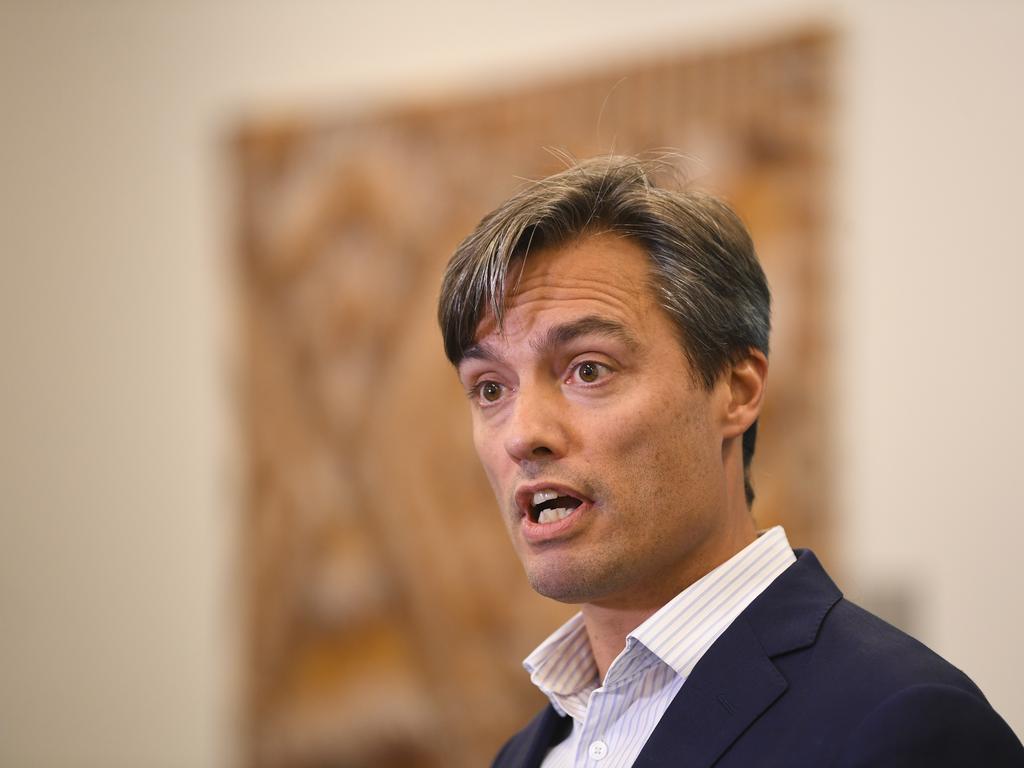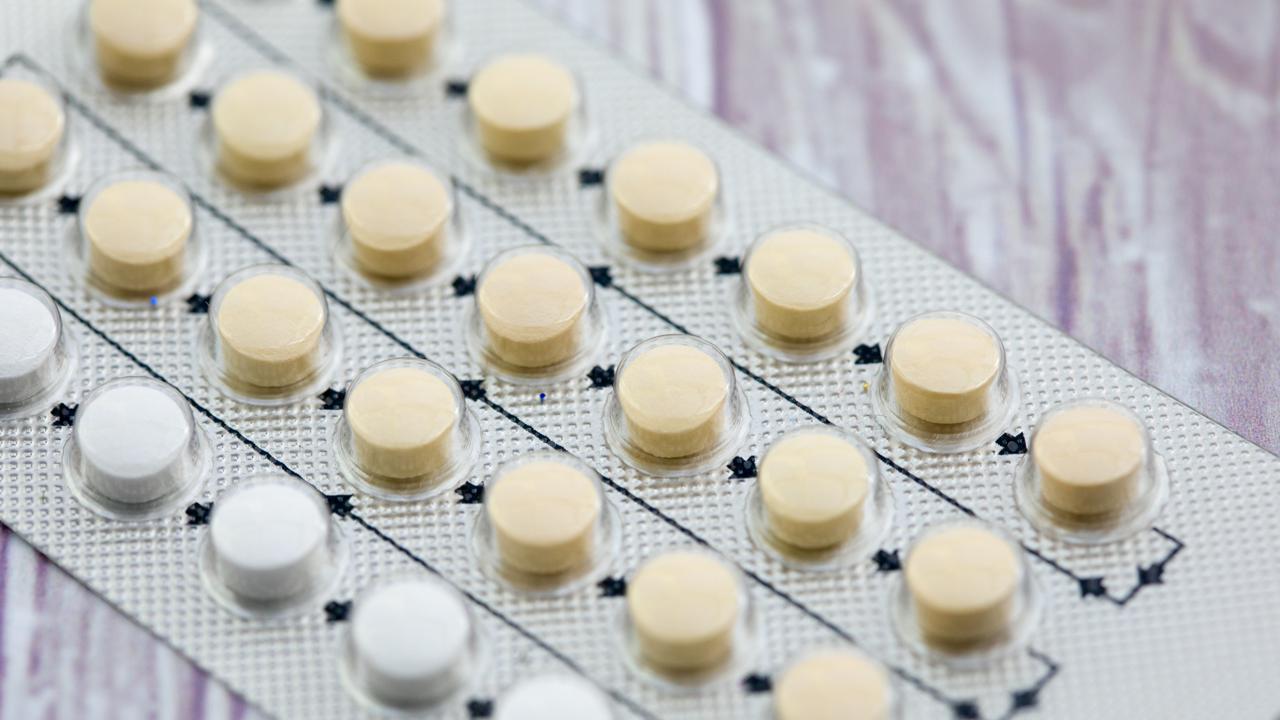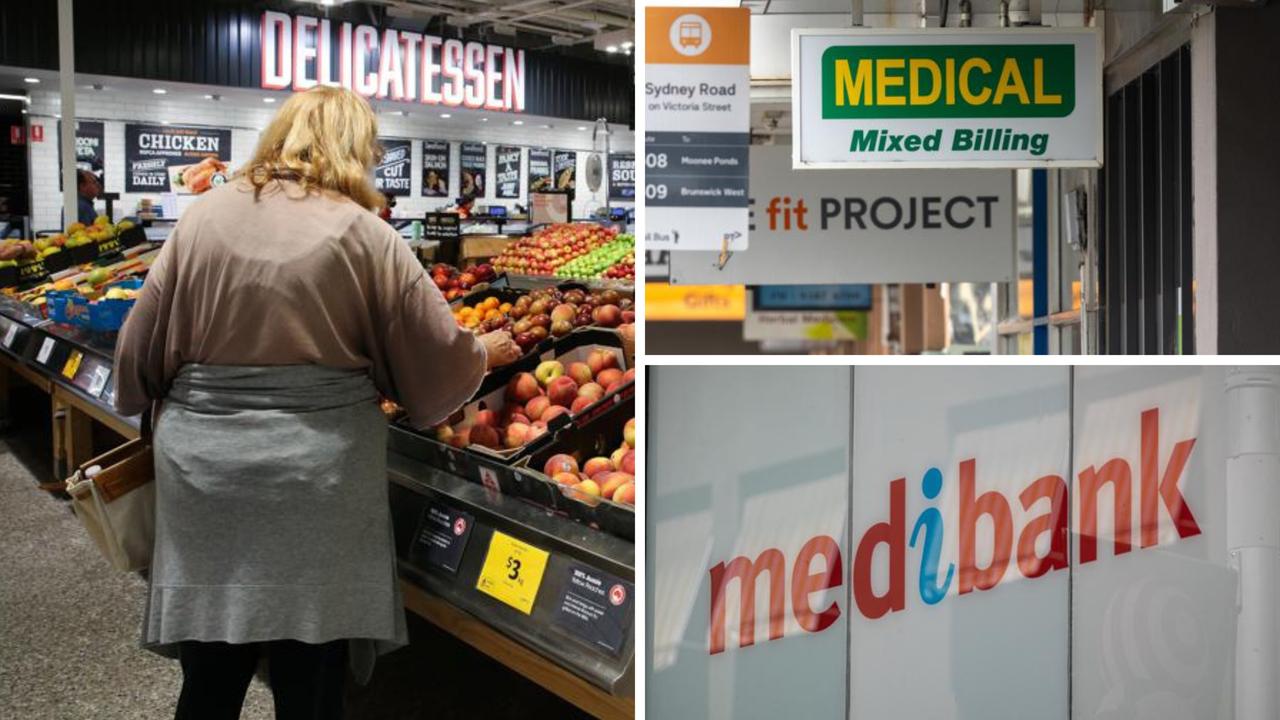Coronavirus: What Australia needs to do to avoid second wave
Second waves of the pandemic have occurred around the world, sparking fears that Australia could be next. But experts say it’s avoidable.

“If a second wave does occur, we’ll deal with it quickly and we’ll respond to it.”
Those are the words of the ACT’s Deputy Chief Medical Officer Paul Kelly this morning.
They’re designed to be reassuring, but wouldn’t it be nice if a second wave could be avoided?
Experts say it is possible that Australia does not experience the same second coming of the virus that Singapore experienced after it, too, was the envy of the world for its handling of the pandemic.
The Morrison Government’s Deputy Chief Medical Officer Nick Coatsworth told ABC News Breakfast there is “concern” about a second wave but it will not definitely arrive.
“I think it’s – it’s fair to say that a second wave is a concern. I know that our behaviours will continue to remain the same. We’ll maintain our 1.5m distance, we won’t be shaking hands or hugging, we’ll be performing hand hygiene,” he said.

“As our mobility increases, our behaviour must stay the same. That is our best defence. And then monitoring the number of COVID-19 cases closely, breaking down the clusters, breaking down the transmission chains very quickly and increasing the number of tests. All those things together mean we aim to avoid or minimise any second wave.”
Australia’s death toll is now 91 after an 86-year-old died in Tasmania’s northwest on Wednesday, the latest in a number of deaths attributed to the virus in the region.
But out of 6746 people who were infected around the country, more than 5600 have recovered.
Infection rates have grown overseas after strict lockdown measures were lifted, with Germany the latest example after easing rules last week.
But Prime Minister Scott Morrison is adamant Australia can lift restrictions in a safe way.
“Of course, there will be outbreaks. That is what living with the virus will be like,” he said.
“That is why the protections that we put in place for a COVID-safe Australia are so important.”
Testing, contract tracing and quick, effective responses to outbreaks are considered key benchmarks in edging back towards normal life.

There are 10 million new testing kits set to flood into Australia, giving authorities scope to screen people in a targeted but more widespread way.
The COVIDSafe tracing app has been downloaded by almost three million Australians, putting it on course to achieve an effective take-up rate. Health authorities are also confident there is capacity within intensive care units to treat outbreaks of the disease.
May 11 is shaping up to be a key date for reviewing restrictions.
“There will be many announcements about changes in the way we’ll be living our lives and hopefully getting back to some sort of new normality in living in a COVID-19-safe society,” Professor Kelly said.
The national cabinet will meet on Friday to work out guidelines for elite and community sport to return as debate continues over the AFL and NRL restarting. The meeting of state and federal leaders will also look at the expanded testing regime to be conducted with the new kits.
— With AAP




